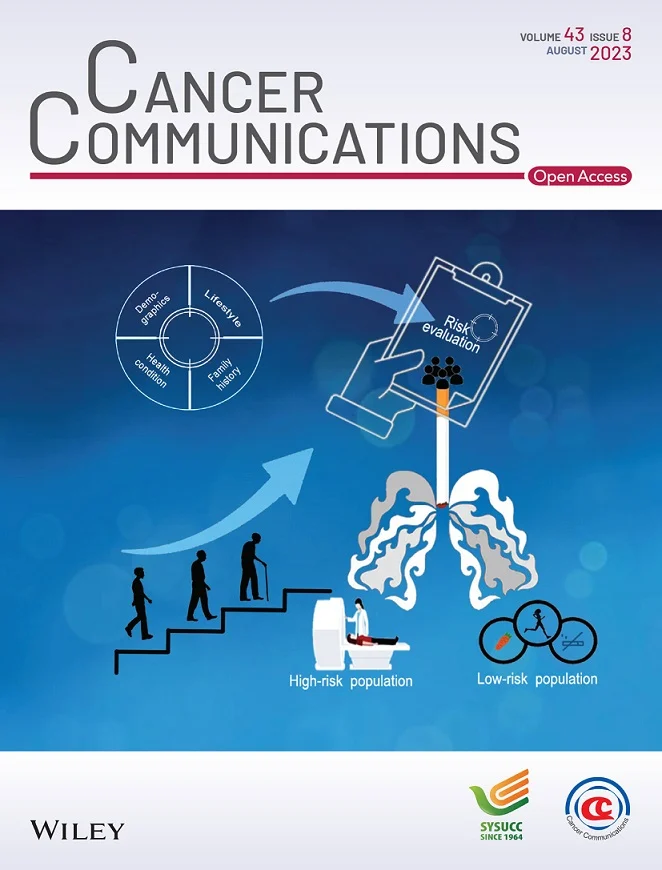Targeting SPHK1 in macrophages remodels the tumor microenvironment and enhances anti-PD-1 immunotherapy efficacy in colorectal cancer liver metastasis
Abstract
Background
Colorectal cancer liver metastasis (CRLM) is characterized by an immunosuppressive microenvironment and a blunted response to immunotherapy. Notably, tumor-associated macrophages (TAMs) play a critical role in modulating immune responses and exhibit significant heterogeneity in CRLM. Sphingosine kinase 1 (SPHK1) serves as a pivotal kinase in maintaining the balance between ceramide and sphingosine-1-phosphate (S1P) levels. However, the effects of SPHK1 within TAMs on tumor immune evasion during CRLM remain elusive. This study aimed at investigating the role of TAM-intrinsic SPHK1 in tumor immunosuppressive microenvironment in CRLM.
Methods
SPHK1 expression levels in TAMs were estimated by immunofluorescence and bioinformatics analysis. Several animal models were established to elucidate the role of SPHK1 in tumor immunity reprogramming in vivo. Flow cytometry, cytokine assay, and transwell assay were conducted to investigate the effects of SPHK1 in TAMs in cell-cell communication in vitro. RNA-sequencing, Western blotting, and quantitative real-time polymerase chain reaction were used to explore the molecular mechanism by which SPHK1 activated NLR family pyrin domain containing 3 (NLRP3) inflammasome in TAMs.
Results
We found that SPHK1 was mainly expressed in TAMs and identified SPHK1+ TAMs as associated with CRLM and diminished efficacy of immunotherapy in human patients. These SPHK1+ TAMs exhibited strong immunosuppressive activities by inducing CD8+ T cell exhaustion with high programmed cell death 1 (PD-1) expression via the interaction between TAMs and CRC cells. Mechanistically, SPHK1-produced S1P exerted an autocrine effect to activate NLRP3 inflammasome and interleukin 1 beta (IL-1β) release via nuclear factor-kappa B (NF-κB) and hypoxia inducible factor 1 subunit alpha (HIF-1α) signaling in TAMs. Paracrine IL-1β then upregulated the expression of monocyte chemoattractants and ADAM metallopeptidase domain 17 (ADAM17) sheddase in CRC cells, resulting in TAM infiltration and CD8+ T cell dysfunction in the liver microenvironment. Furthermore, combining SPHK1-targeting treatments with anti-PD-1 therapy or radioimmunotherapy largely stalled liver metastasis and caused a significant extension of lifespan in preclinical mouse models.
Conclusions
Our findings highlighted the role of SPHK1 of TAMs in facilitating CRLM by promoting CD8+ T cell dysfunction and immunosuppressive microenvironment. Combining SPHK1 blockade with anti-PD-1 therapy may be a promising treatment regimen for patients with CRLM.


 求助内容:
求助内容: 应助结果提醒方式:
应助结果提醒方式:


